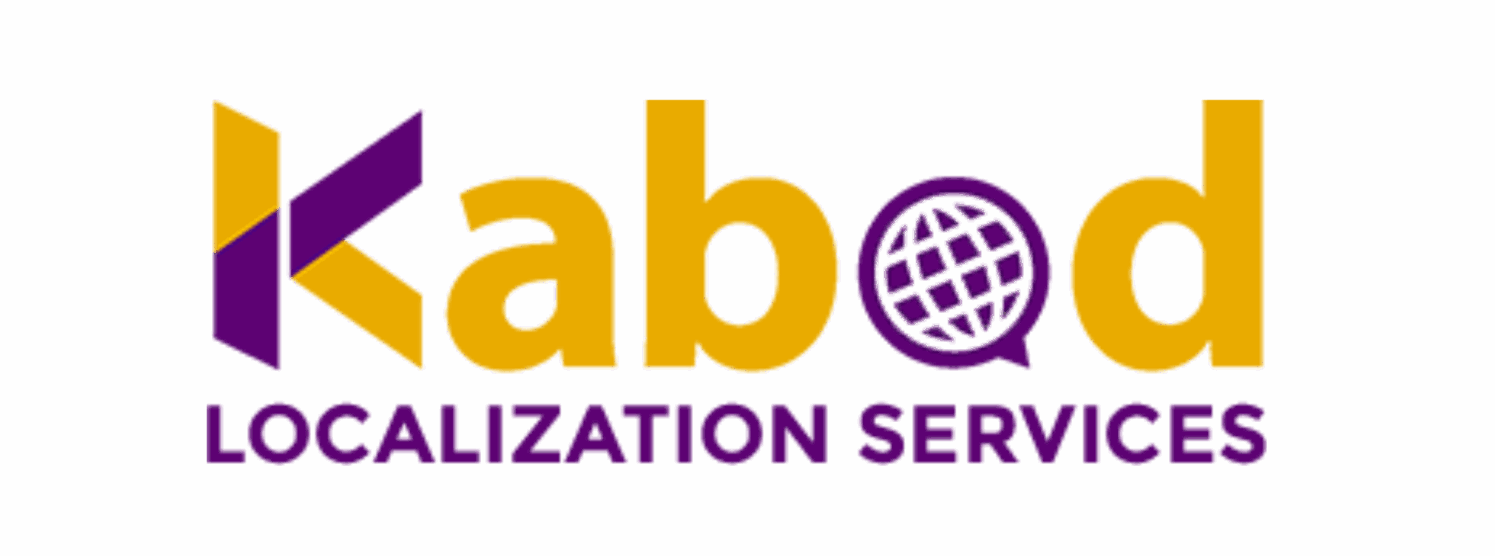An Interview with KAMBAI AKAU
Preserving the Tyap Language in a Modern World
AFROLINGUALS
Tell us a bit about your background and what inspired your work with the Tyap1 language?
Kambai:
I am from a town called Fantswam (Kafanchan) in Southern Kaduna, Middle Belt, Nigeria. I am a graduate of Mechanical Engineering. However, my work on language preservation ran concurrently with my studies. I have visited various libraries in different cities to deepen my understanding of linguistics since 2010, and currently work as a volunteer translator of the Tyap language on various projects, especially Wikimedia sister projects. I speak Tyap, English, and Nigerian Pidgin. My work with the Tyap language stems from a personal realization. Growing up, I avoided speaking Tyap and noticed many others were abandoning it for Hausa. As a teenager, I struggled to understand conversations in Tyap. That struggle sparked my determination to learn and preserve the language. I started small, using a notebook to write down translations with my mother’s help as a translator.
We used an English dictionary for reference, filling in Tyap translations and leaving blanks where we couldn’t. This process showed me just how much of the language was already lost. In 2007, inspired by my learnings of Hebrew, Greek, Cyrillic, Arabic, and Sinitic writing systems, I developed a writing system called the Akai script and a corresponding numerical system known as the Fafang, which I hoped to use for the writing of Tyap, and other Nigerian languages. Determined to deepen my understanding, I travelled from Benin City at one time and from Nasarawa-Toto at another time to Kaduna to seek guidance from older speakers. Even then, many words had no known translations, which was a wake-up call.
Around this time, I connected with the chairman of the Tyap Literacy Committee and Bible Translation Trust (TLCBTT), Major-General Zamani Lekwot (retd), through the Atyap Community Development Association (ACDA)’s President, Wg. Cdr. Danjuma Karau. He introduced me to a linguist, Dr. Carl Follingstad, whose feedback was instrumental. That meeting in 2011 marked the beginning of my language preservation journey.
AFROLINGUALS
How did your work evolve from collecting translations into broader initiatives?
Kambai:
My first major step was publishing a Tyap dictionary in 2014, despite limited support from the language board. I also created a Facebook page called the Tyap Language Institute of Nigeria to share translations and engage others interested in Tyap documentation. By 2018, I expanded to WhatsApp and other platforms like Instagram, TikTok, Quora, and YouTube, connecting with more people and raising awareness. In 2020, I attended Wikimedia Foundation meetings and learned about creating language-specific Wikipedia. Realizing Tyap lacked representation, I applied to translate Wikipedia into Tyap that December. A small team and I worked on translating 500 essential terms. This wasn’t easy—modern terms like “email” and “interface” required creating new words or adapting older Tyap terms. By May 2022, Tyap became the fifth Nigerian language on Wikipedia. The Tyap Wikipedians User Group was approved as a recognised affiliate of Wikimedia The Tyap Wikimedians User Group was approved as a recognised affiliate of Wikimedia Foundation in mid-2022, making it the fifth in Nigeria; and the Tyap Wikimedians Organisation which I co-founded was registered as an NGO with the Nigerian government in January 2023 2 and began work on a Wikipedia for Jju , a related language in September 2024.
AFROLINGUALS
That’s incredible progress. What challenges have you faced along the way?
Kambai:
Financial constraints were a constant struggle,
limiting my ability to travel or print materials. I often relied on
my father’s support or took on labor jobs to fund my work. We
also faced skepticism, especially from elders who doubted
young people could handle such a task. Some accused us of
distorting the language for personal gain. Finally, retaining
volunteers was tough—many lost interests or weren’t fully
committed, slowing our progress.
AFROLINGUALS
How did you overcome these challenges?
Kambai:
Persistence and collaboration were key. Over time,
elders saw the value of our work, especially when we involved
them in translations during events. Engaging them showed
the complexity and importance of preserving Tyap.
We also focused on reaching young people through social
media and grassroots efforts. Retention is still a challenge, but
we’re making steady progress by building a network of
committed individuals.
AFROLINGUALS
You’ve developed several resources for the Tyap language. Are there any initiatives to make these materials accessible to the younger generation?
Kambai:
AFROLINGUALS
Why do you think preserving and promoting the Tyap language is so important?
Kambai:
By preserving Tyap, we’re safeguarding our heritage, traditions, and unique worldview. It’s not just about preserving words; it’s about protecting who we are as a people.
AFROLINGUALS
Thank you, Kambai, for sharing your inspiring journey and insights. Any final thoughts?
Kambai
Just a reminder that preserving
languages is everyone’s responsibility. It’s more
than documentation—it’s about inspiring pride
and daily use in our communities
Get Updates And Stay Connected -Subscribe To Our Newsletter
Relevant Pages
Contact Info
- 055 015 75 72 / 059 900 1499
- languages@kabodgroup.com
- L52 Patan Gbe Avenue, East Legon Extension, Accra, Ghana
